Peanuts grow in a unique way called pegging. The plant's budding ovary is called a "peg" that grows down and away from the plant. The peanut embryo is in the tip of the peg, which penetrates the soil. As the plant continues to grow and flower, it eventually produces some 40 or more pods. Because peanuts grow in the soil, they require less water to produce than tree nuts. The peanuts add nitrogen to the soil that benefits other crops in rotation, especially cotton, another mainstay Bootheel commodity.
Peanuts have a relatively long growing season, taking 140-150 days to mature. Harvesting is a two-step process. First, a machine digs up the peanut plants and flips them upside down where they remain for two-three days to dry. Once dry, another machine is used to shake and separate the pods from the rest of the plant.
Most of Missouri's peanuts are low-grade peanuts, and 60 percent of those peanuts are converted and turned into peanut butter. Another 15 percent are converted to oil, with the remaining tonnage going toward a variety of uses like livestock feed.
Missouri is no stranger to the peanut industry as Missouri native George Washington Carver discovered more than 300 uses for peanuts.
Missouri is the northern-most state that grows peanuts.
-
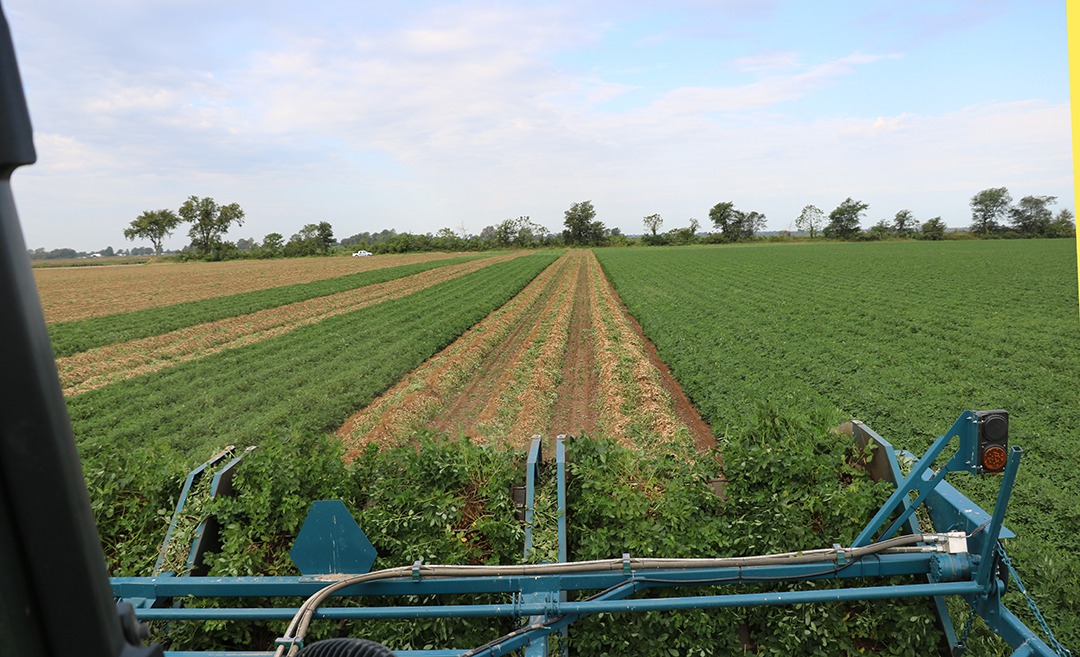
Peanuts ready for the harvest are dug up and left on the ground for 2-3 days before they are picked.
-
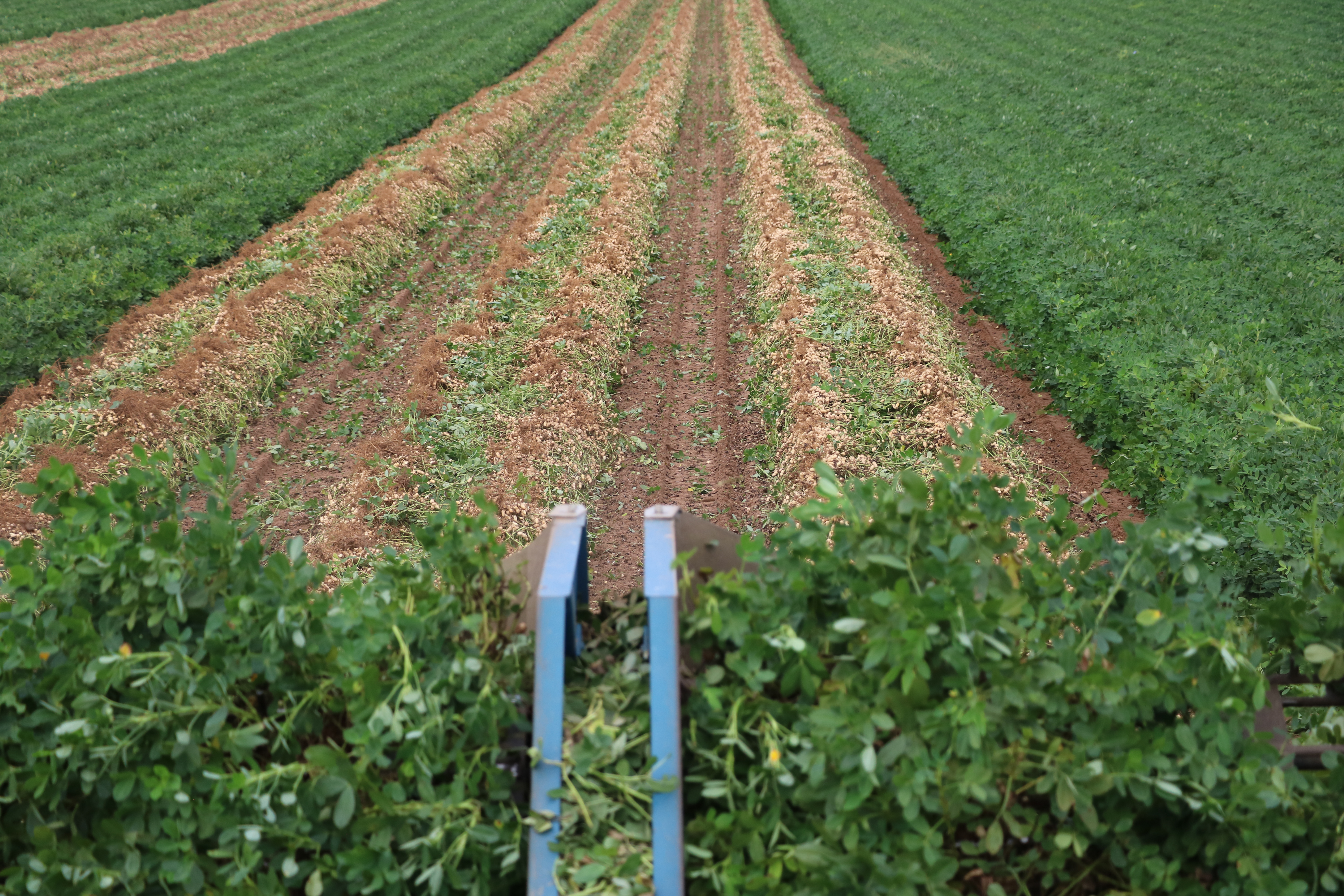
A special piece of equipment pulled behind a tractor digs the peanuts from the ground.
-
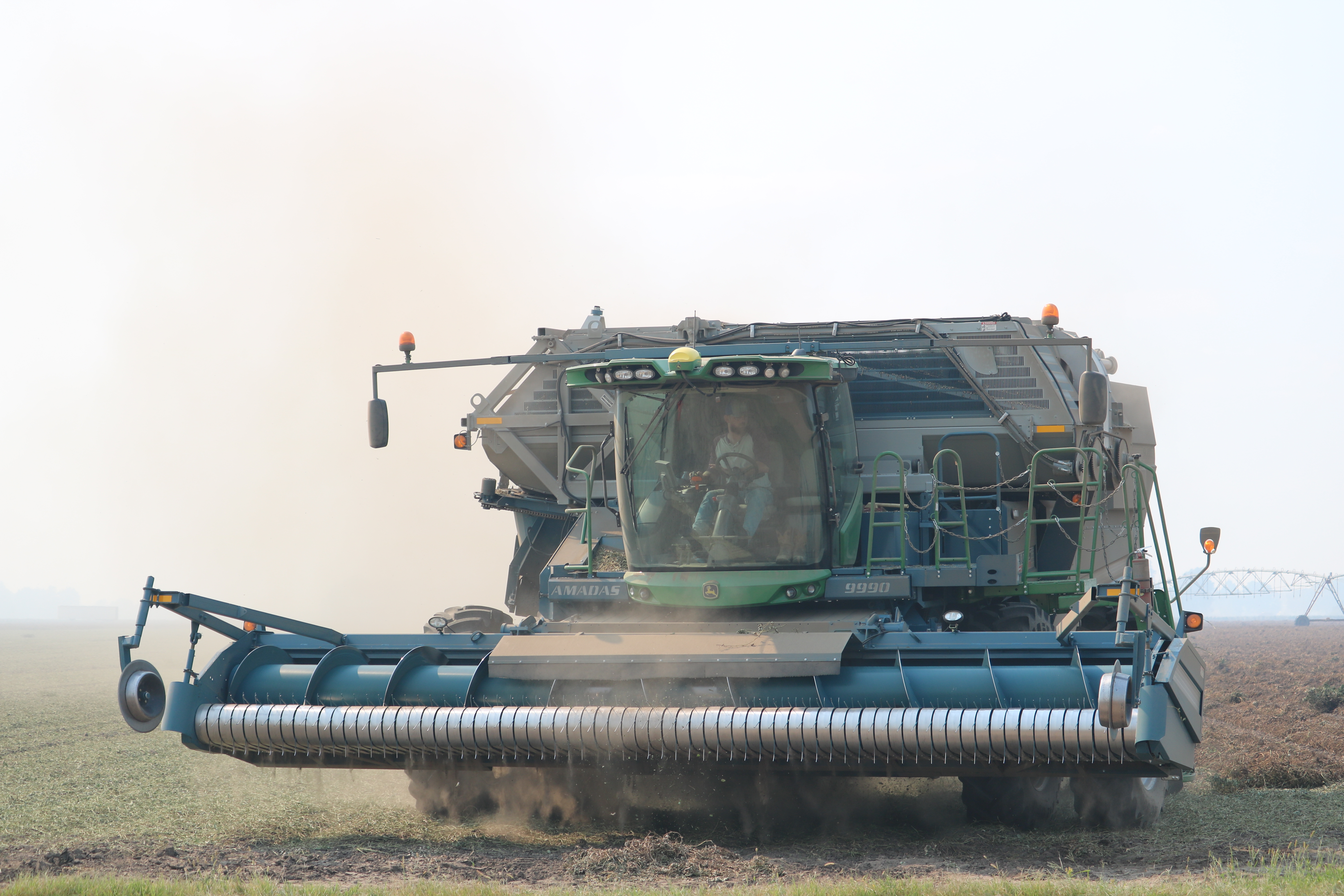
After the peanut plants have laid out in the open for 2-3 days, they are picked by a special header attached to either a tractor or combine.
-
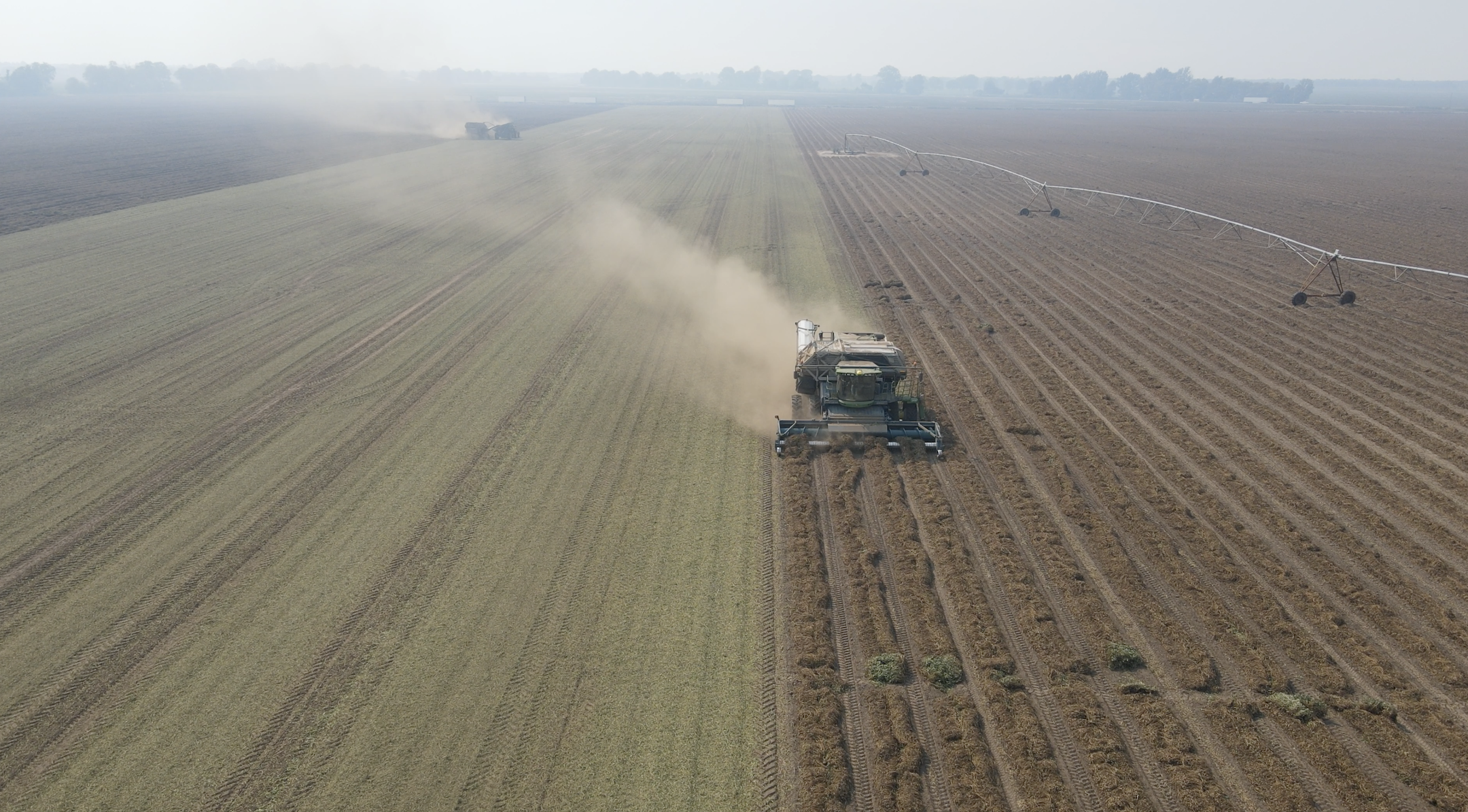
The peanut harvest is a dirty and slow process as the equipment used moves at around 2 mph.
-
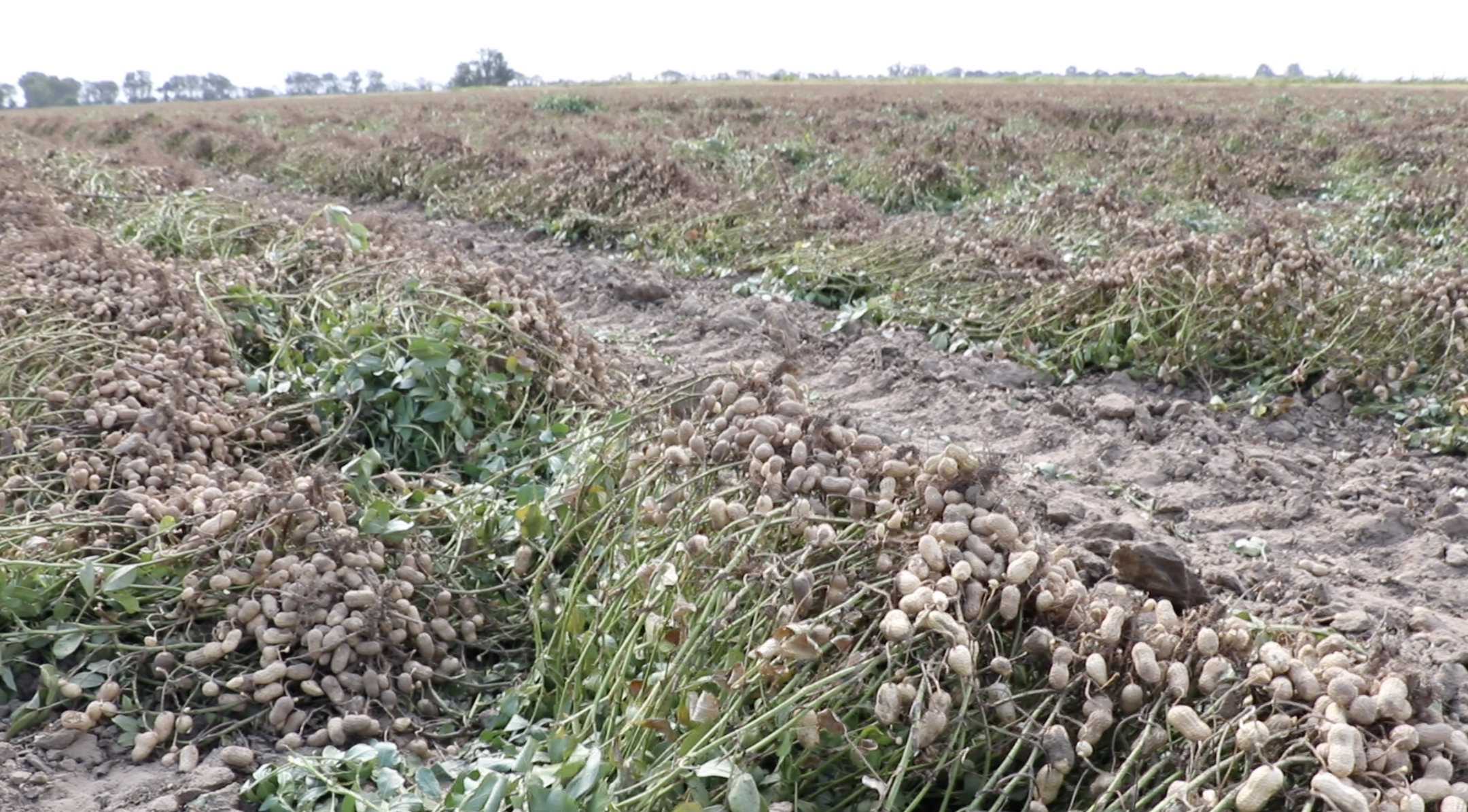
Peanuts lay in the open for 2-3 days after being dug to allow them to dry before they are picked.
-
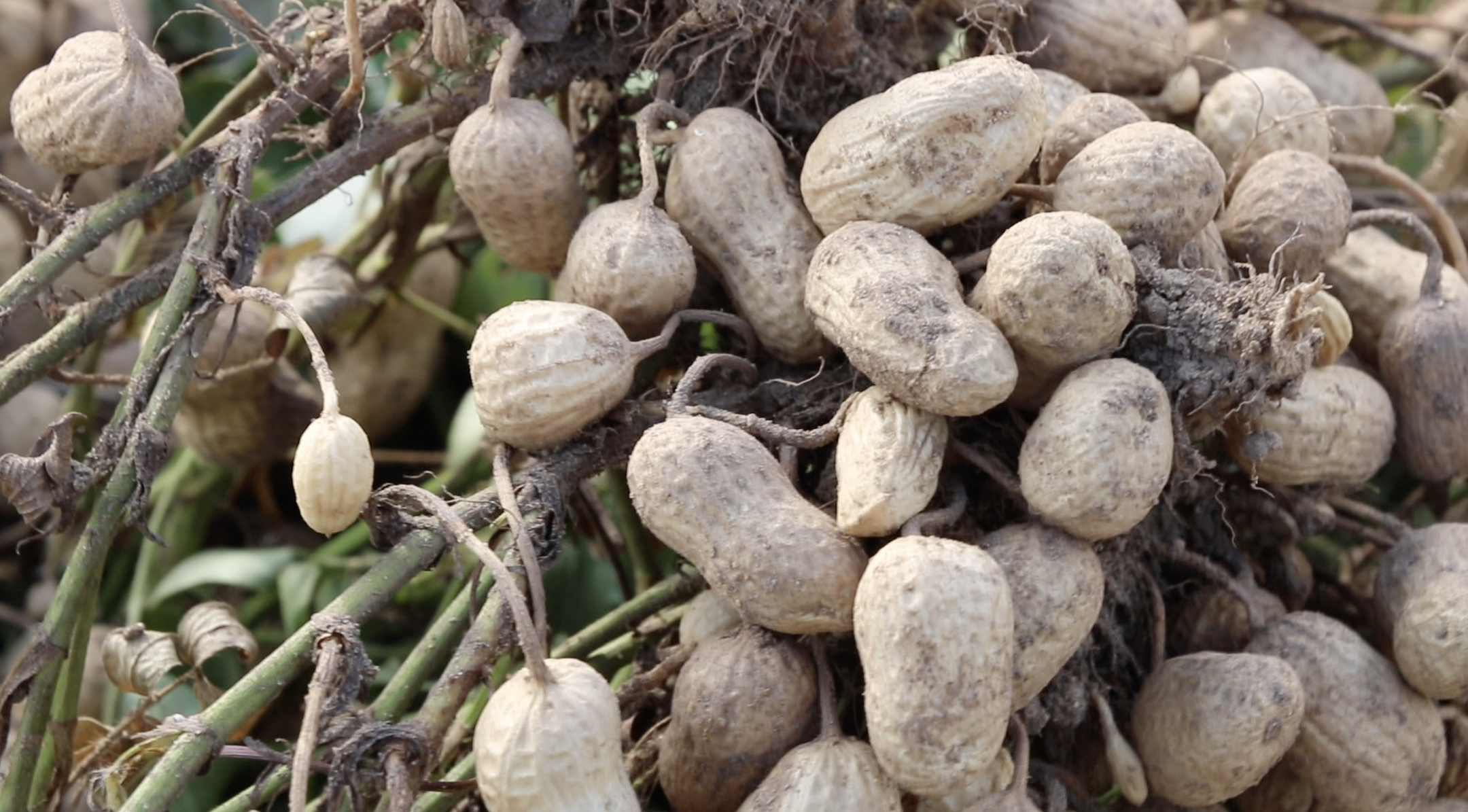
Dunklin County produces 10,000 acres of peanuts, making it the largest peanut producer in the state.
-
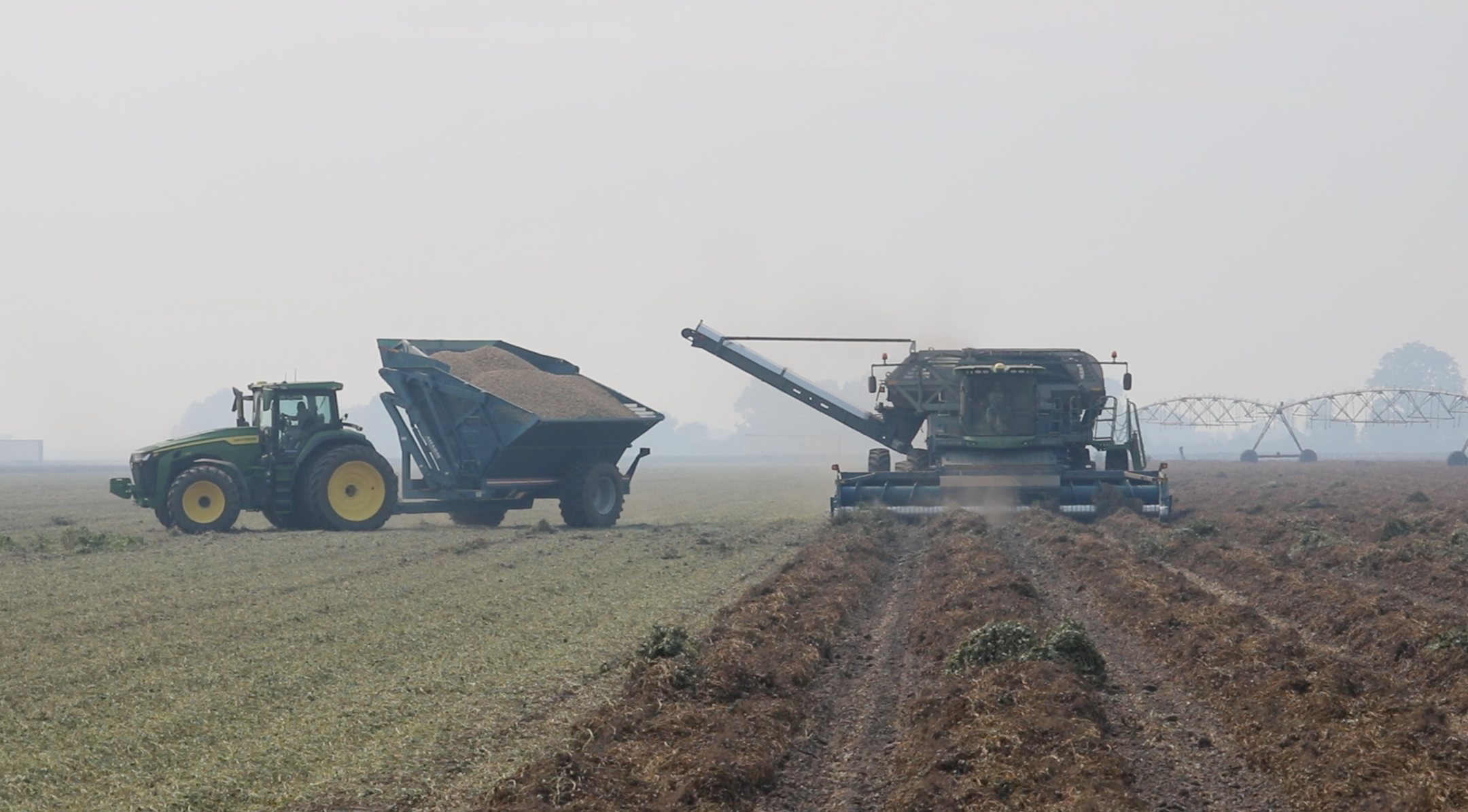
The picked peanuts are transferred to a wagon without stopping.
-
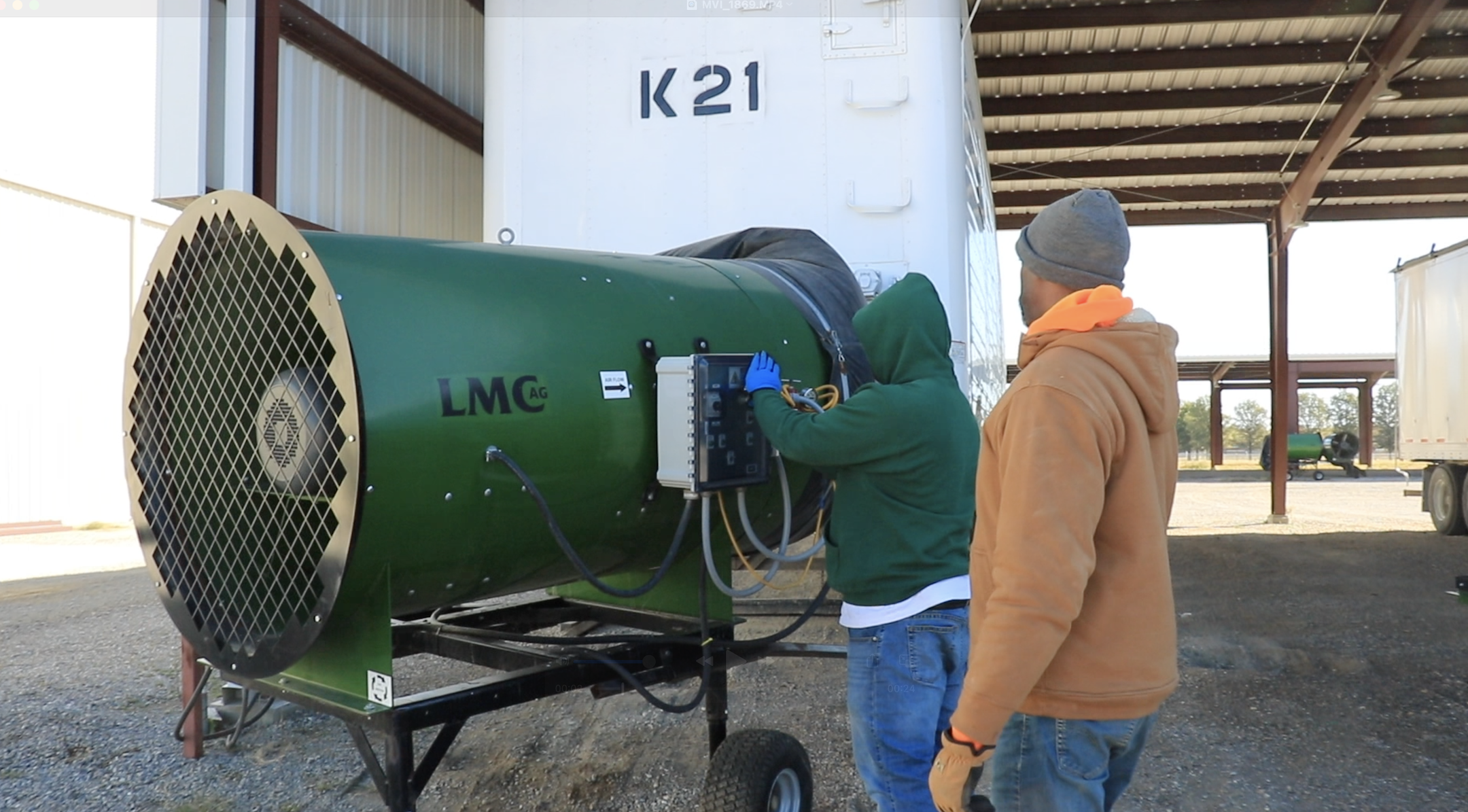
Giant fans dry the peanuts before they enter the plant.
-

-
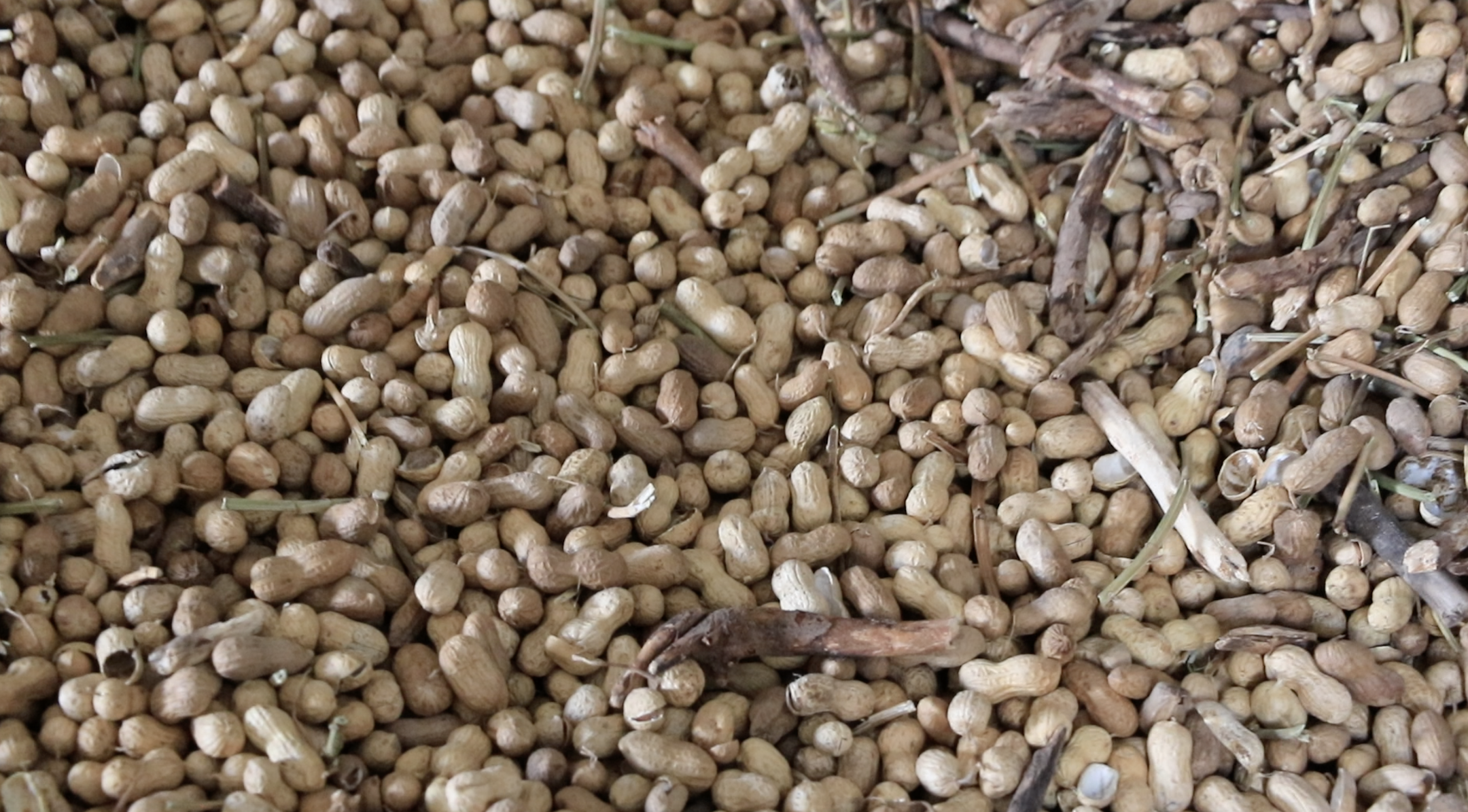
Rocks, sticks and other debris are mixed in with the peanuts when they arrive at the plant.
-
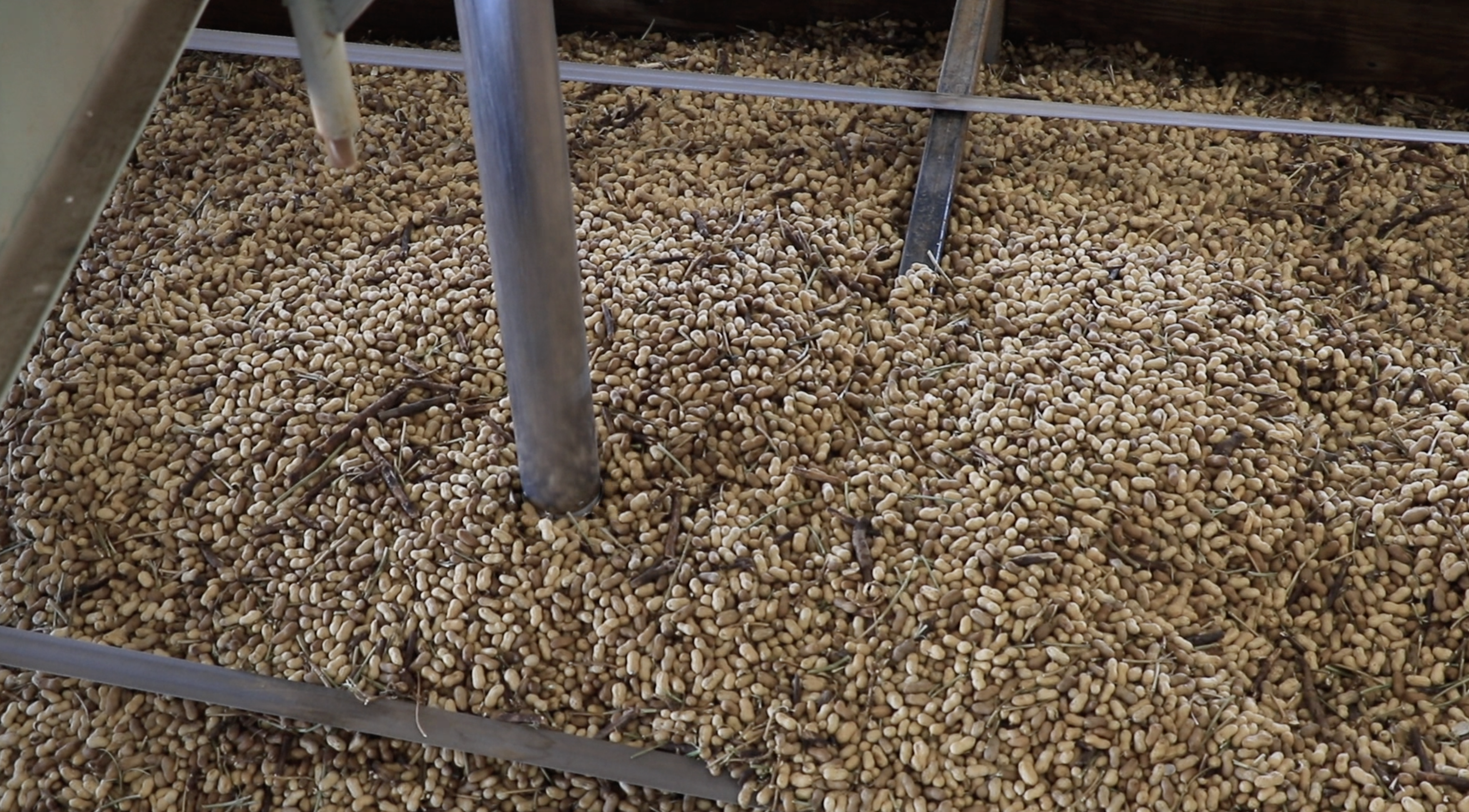
Bore samples are taken from a load of peanuts that have been moved from the warehous.
-
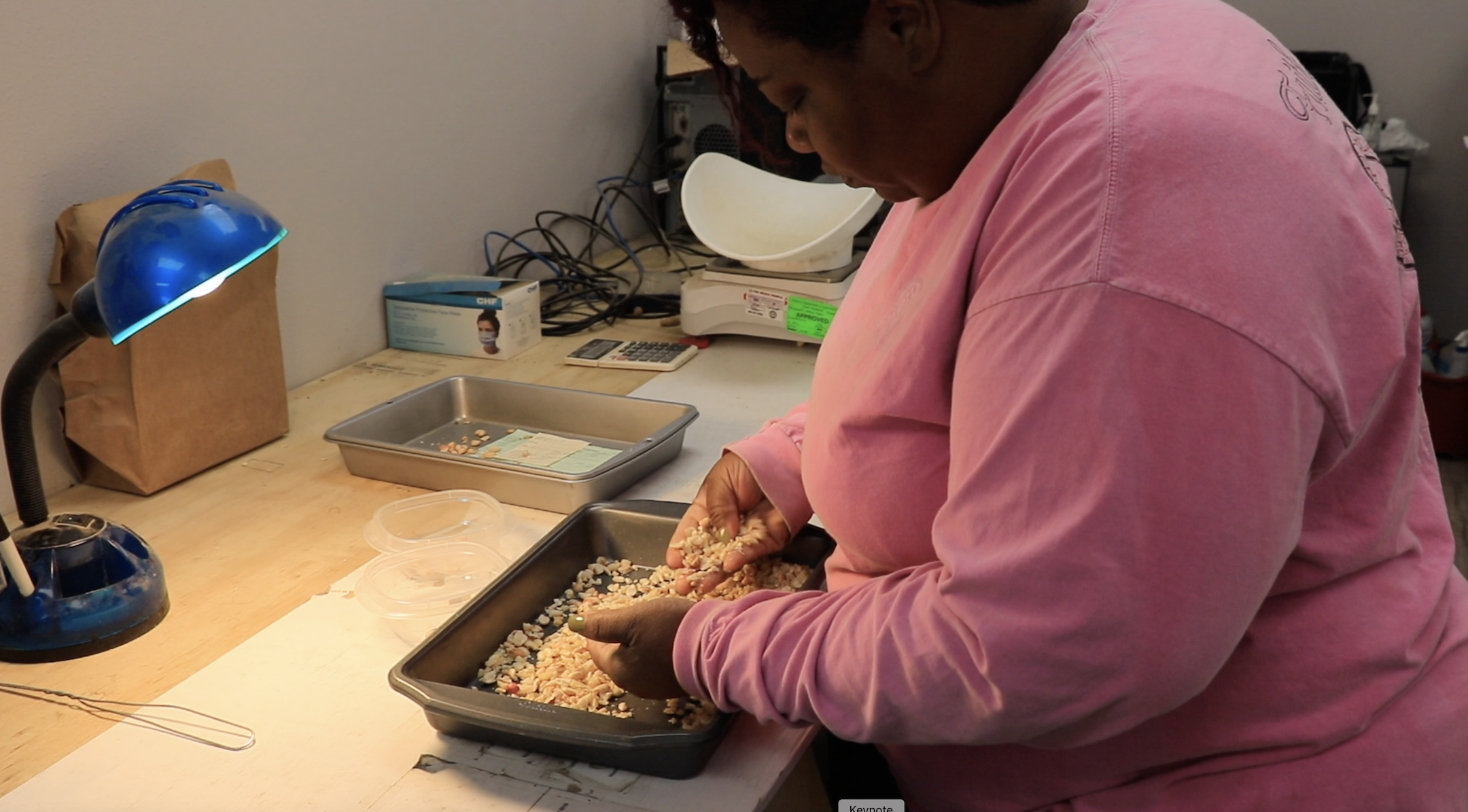
Peanuts are graded to determine how they will be used.
-
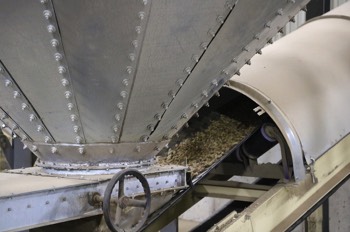
A conveyor moves the peanuts from the warehouse to the plant.
-
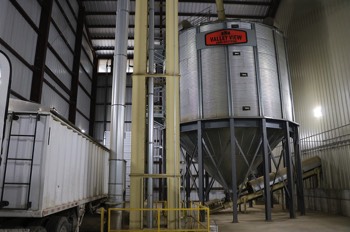
A truck and trailer will move the peanuts from the warehouse to the shelling facility.
-
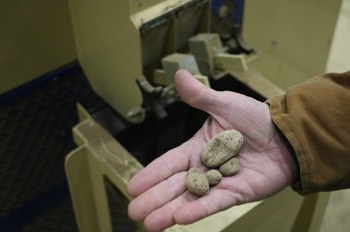
Rocks and other materials are removed from the peanuts as they enter the shelling facility.
-
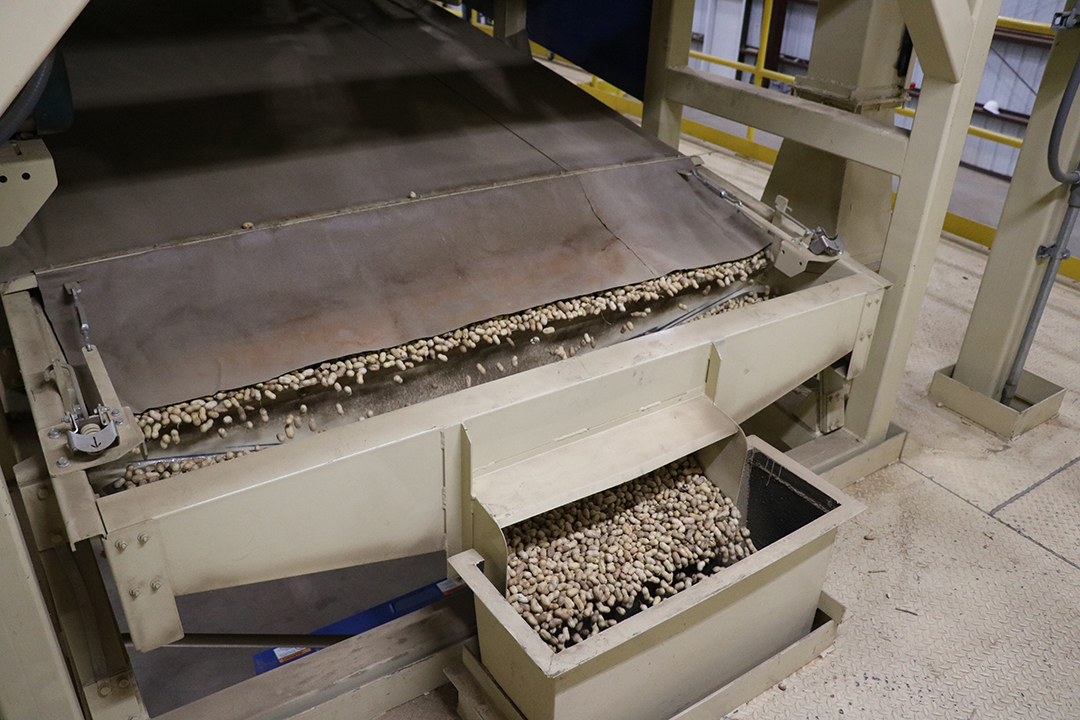
Peanuts run through seveal different systems to remove debris.
-
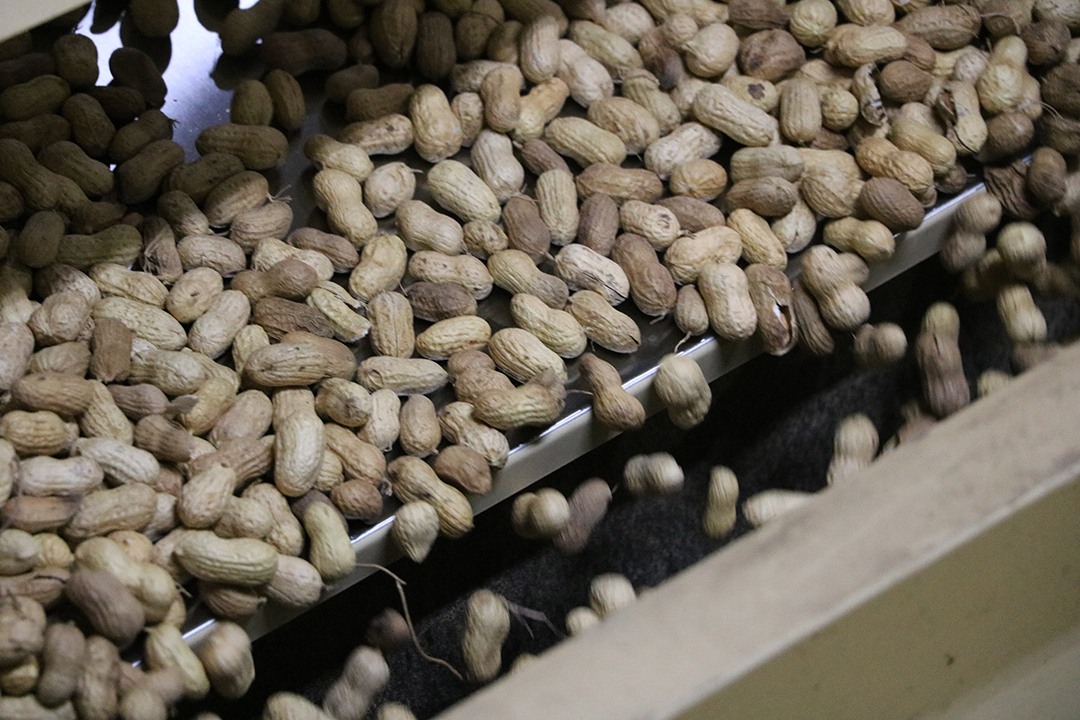
Peanuts are sorted as they run through the shelling facility.
-
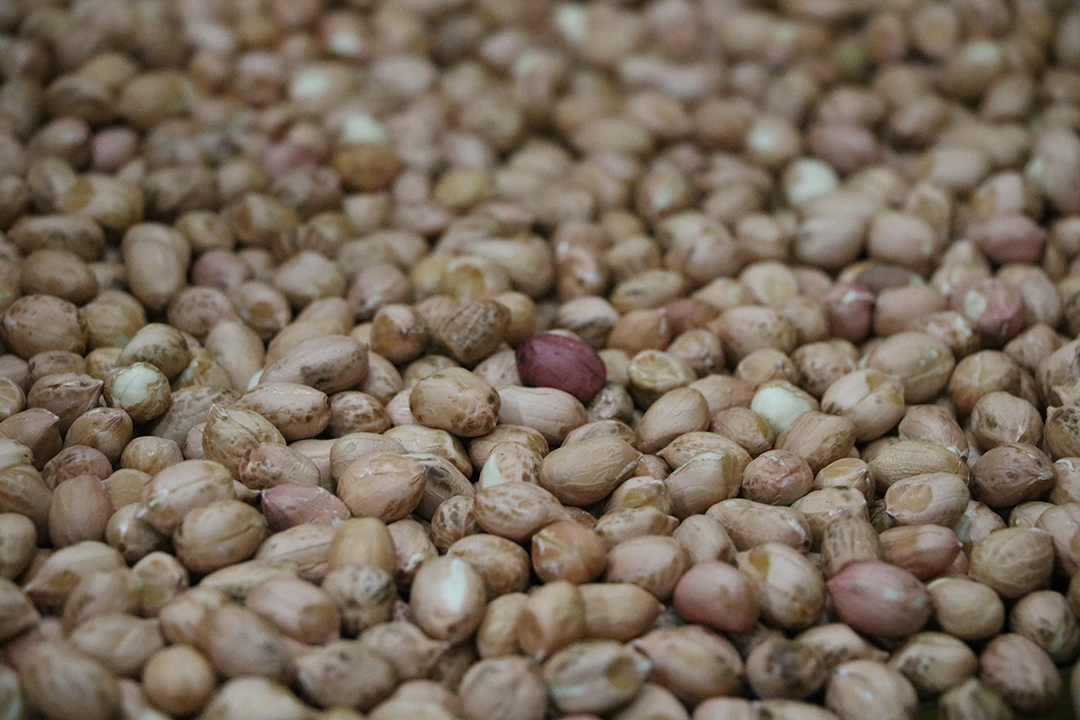
Shelled peanuts are then sorted before moving further in the shelling process.
-
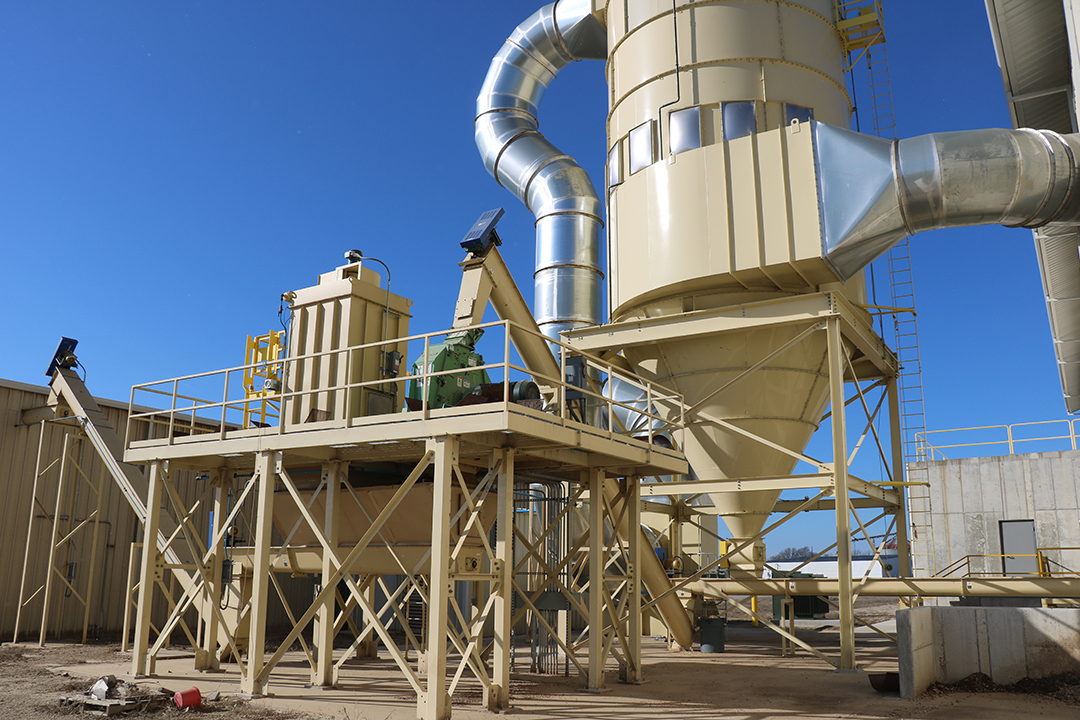
There is virutally no waste as the shells are pulverized with the dust being collected to be used for bird bedding and cattle feed.
-
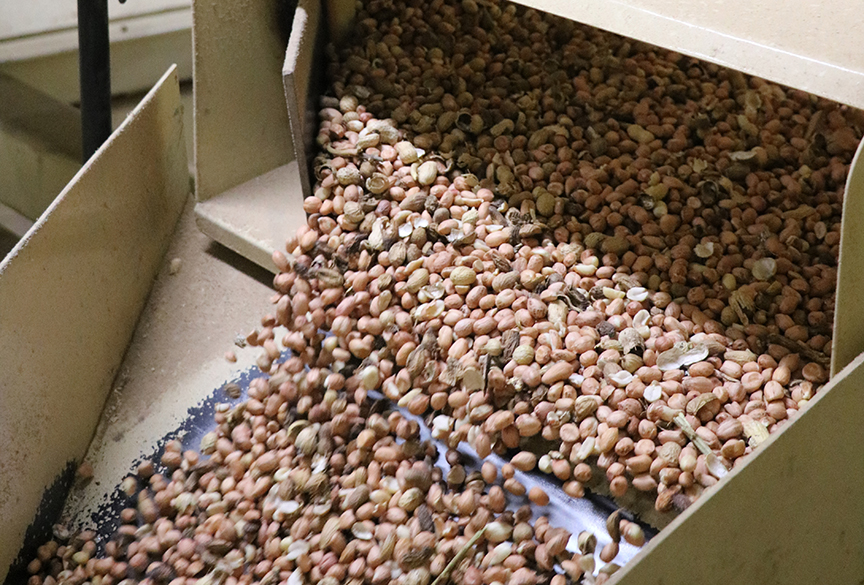
Shelled peanuts move to the picking table where they will be examined before bagging.
-
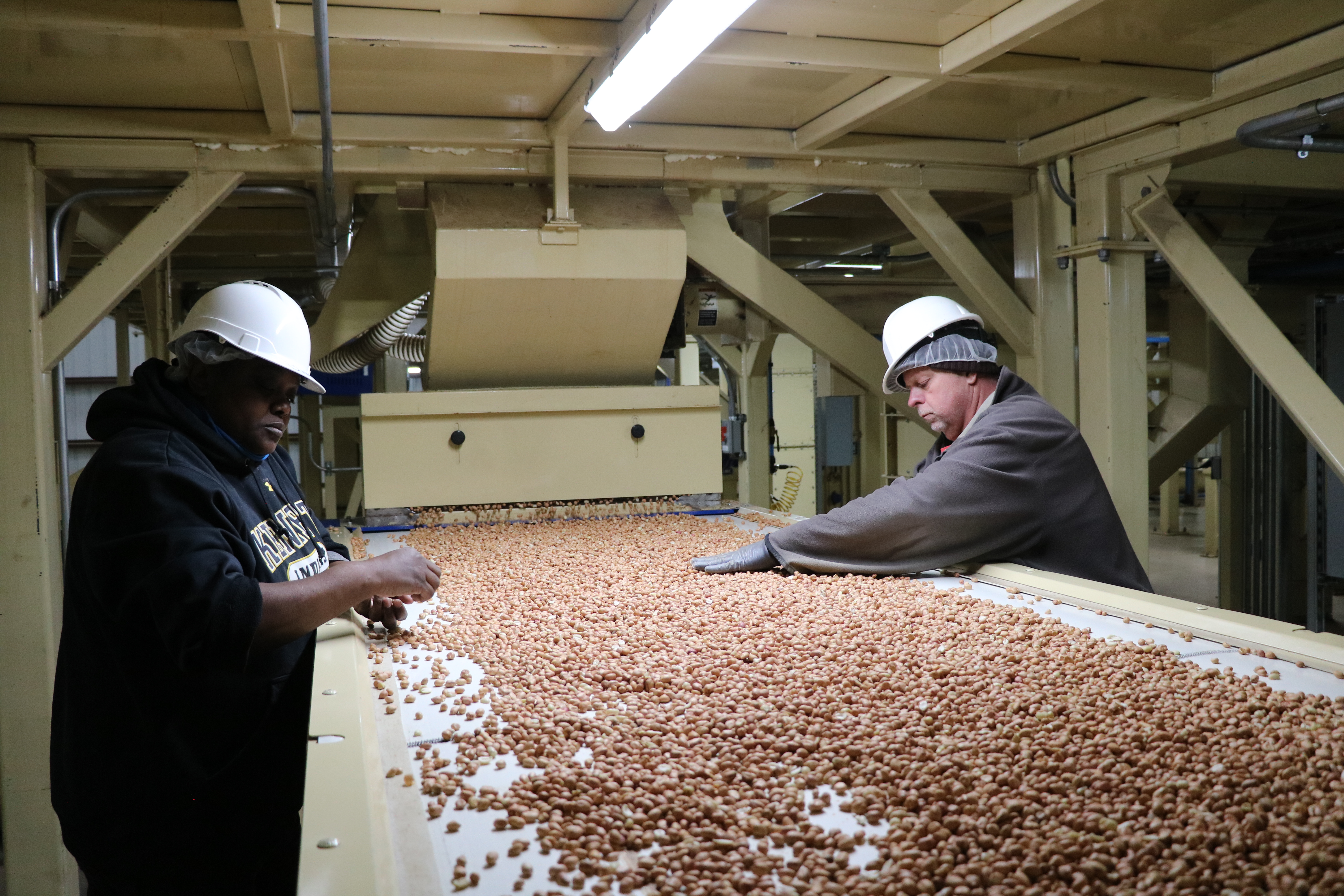
Workers look for damaged peanuts before they move into the bagging facility.
-
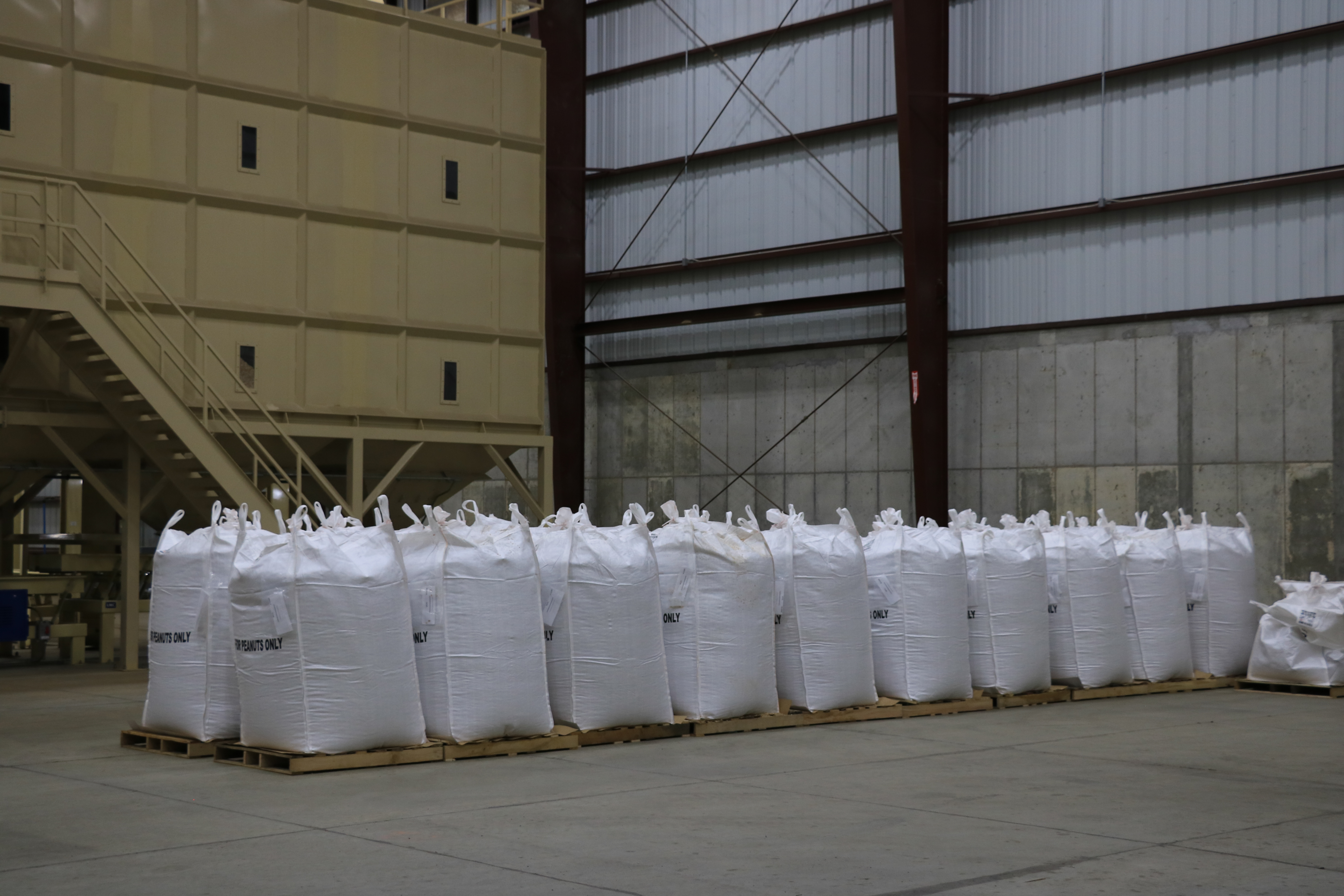
The final step is to bag the shelled peanuts to move to other facilities across the country.
-
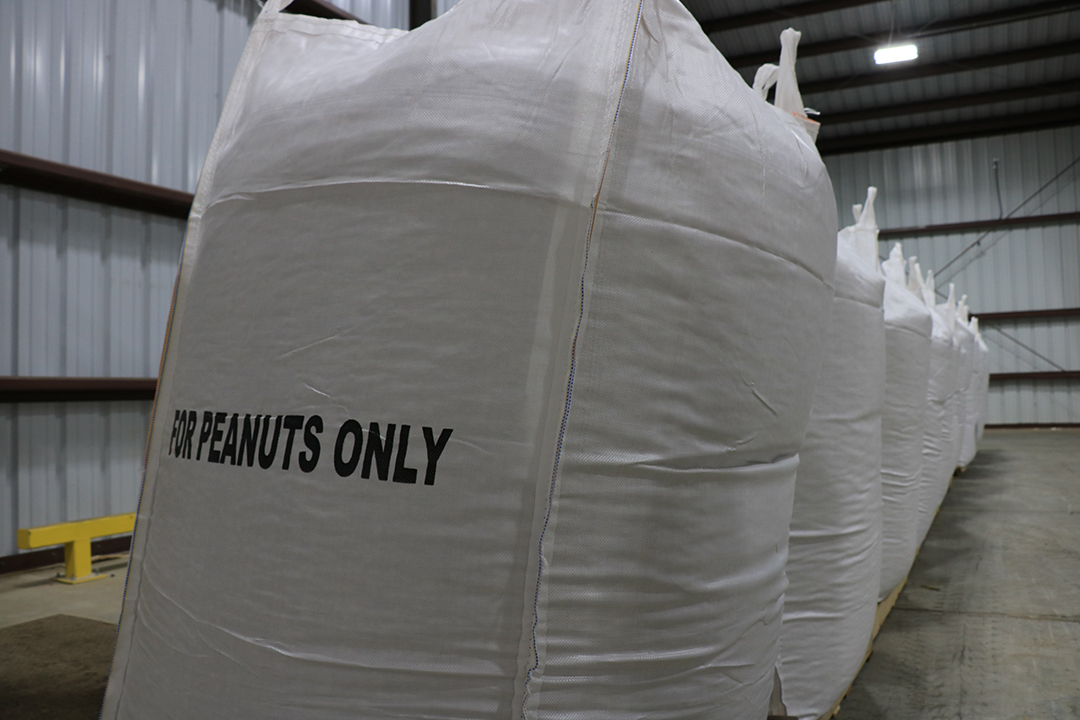
Depending on grading, peanuts will be used for human consumption, seed or animal feed.
1601 First Street
Kennett, Missouri 63857
(573) 888-5828 • Contact Us




